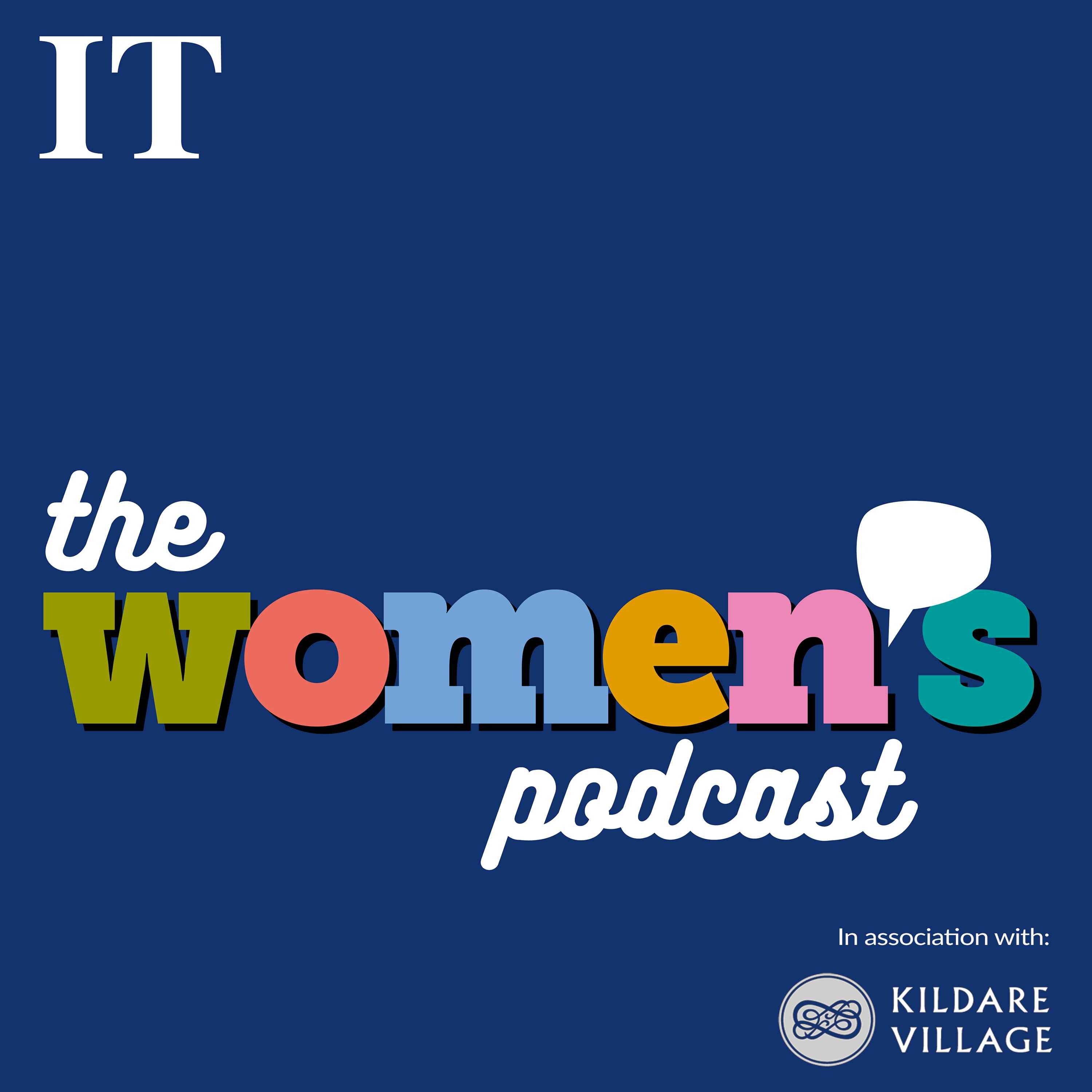When you think of autism, the mental image that shuffles awkwardly forward is probably one of a male person. Perhaps the non-verbal boy wearing noise-cancelling headphones as he trails after his mother in the supermarket. He won’t make eye contact when you need to winkle past him to grab the potato waffles.
Maybe you think of a stoic man in creased trousers who has a spectacularly unsuccessful online dating track record. He collects Magic The Gathering cards and has an encyclopedic knowledge of every train timetable since 1984. Ask him about trains, and the stoicism evaporates. He’ll talk for hours. If you’re especially badly informed (and a lot of us are) you’ll conjure the outdated stereotype of a Rain Man sort.
By this tired assumption, there are roughly two common autistic tropes within our culture – the odd, quirky, socially inappropriate genius who is disinclined to function like “the rest of us”, and the odd, discomfiting, socially incompetent loner who is incapable of functioning “like the rest of us”. Both are men or boys.
When someone says autism you probably won’t think of a girl or a woman at all. You’re unlikely to think of someone like me – fussy about highlights, able to function in the gregarious, complex social and psychological conditions of female-dominated environments, makes a decent chocolate cake when it’s somebody’s birthday.
READ MORE
After receiving a diagnosis at 34, I sat quietly with it in some discomfort, considering precisely what it means. In a world obsessed with identity labels and so eager to reduce us to one or more – gender, diagnostic, ideological, cultural, national and other labels as though everyone is just a list of words in a social media bio, this felt like just one more I should be very careful with. It felt a little like a wrapped gift I could hear softly ticking as I sat staring at it for a year. Because it might provide missing context to the elements of my life and character that have always felt they don’t entirely fit. It may help explain why I have sometimes found things challenging which seem relatively natural to many people.
Why I’ve so often been described as “aloof” or rude, or not having the expected emotional responses in various contexts through my life. Why one boyfriend described me as “unfeminine despite looking feminine”, as though I had failed some sort of test. Why I constantly got in trouble in childhood and adolescence for vocally observing things etiquette dictates you shouldn’t (like when I asked, aged 10, why my grandmother never seemed to say anything nice to anyone and ended up being chastised on the stairs, infuriated and baffled by the injustice of being punished despite the truth in the question). Why the complexities and nuances of female friendships have often felt that they are conducted in a language I can’t speak without serious effort and research. Why I have needed to moderate my natural inclinations and behaviours carefully to conform, to work in office environments, and to succeed.
It’s called “masking” in the literature, and it is something women with autism reportedly do much more (or more successfully, depending on how you look at it) than men – data chugging to learn how things work in new social hierarchies. The behaviours that people exhibit and expect (especially of women) and doing those things to smooth one’s route through.
And yet this label brings real dangers with it too. It might flatten me. A diagnosis might be used to provide some context to your life, to help communicate elements of who you are to those around you but like many labels, it also might also be something we shrink ourselves to fit, hide behind, or even weaponise against other people or ourselves.
Autism is categorised as a neurodevelopmental disorder, evidenced through the differing brain activity of those who are diagnosed with it but this is not the means by which people in Ireland and the UK are routinely diagnosed. Though the diagnostic test for autism is conducted by a clinical psychologist and is descriptive – a question-and-answer format over several sessions based on the experience of the person being assessed and, where possible, the close family or friends who have known them since childhood – nobody scanned my brain.

The literature suggests that if someone did (presumably after a wait of multiple decades given the woeful state of our healthcare system), they would find evidence that my functional brain organisation differs from what is called a “neurotypical person”. That’s the theory.
With increasing research, awareness and attention, the umbrella of diagnostic criteria for various forms of neurodivergence widens and as a result, more diverse sorts of people find themselves gathered together beneath it. The public discussion on the increase in autism diagnoses among both children (a 787 per cent increase between 1998 and 2018) and adults generally goes one of two ways. Some consider it to be evidence of progress – there are simply more experts in the area and more access to diagnosis than ever before.
This argument suggests that autism and ADHD were always this prevalent; people were simply struggling without diagnosis, understanding of neurodivergence, or support. The other common perspective suggests that the increase is the natural outcome of a lucrative neurodivergence industry; that clinicians whose diagnostic criteria are constantly widening are incentivised, both professionally and financially, to pathologise a growing array of traits, behaviours, preferences and tendencies as autism, ADHD, or in some cases, both.
When I contacted two Dublin clinics to inquire about the diagnostic process, both confirmed that the vast majority of people who come to them in search of a diagnosis leave with one. On the face of it, I found that information unsettling. And yet assessment and diagnosis within the public health system can take a matter of years rather than months, even for children, whose social development, education and health can be seriously impacted by the delay. This has created a starkly tiered system of access to diagnosis determined more by ability to pay than need alone. With assessment costs running potentially into the thousands and long waits even if you go private, pursuing diagnosis is not a process undertaken on a whim.
[ Child with autism refused place by 19 schoolsOpens in new window ]
Most autism is diagnosed in childhood so undiagnosed adults are likely to have experienced social, functional, behavioural, medical and other difficulties throughout their lives. Irish charity As I Am reports that 85 per cent of autistic people in Ireland are either unemployed or underemployed. Public understanding of autism is poor. It may not have occurred to many people who grow up in Ireland with the narrative that they are simply weird, or socially incompetent, or difficult, that they might be autistic. Awareness of what autism looks like – particularly in women – is only now beginning to become part of public conversation.

The creep in diagnostic criteria in recent years has in part arisen from clinicians and researchers adapting their perspective in order to acknowledge that it articulates itself very differently in women. The guy in the creased trousers is not a fair or comprehensive depiction of an autistic man but it is even less descriptive of an autistic woman. Given the growing conversation and increasing awareness of autism – particularly in women – for those who know where to look for it, many adults who seriously consider that they may be autistic are likely to do careful research before pursuing a stressful, expensive, lengthy diagnosis and may never get as far as assessment as a result.
So it is unsurprising that a large number of adults who make it to assessment turn out to be diagnosed. Yet there is also a concern that people whose lives are not critically impeded by more severe features or traits of autism such as extreme sensory sensitivity, difficulty navigating social hierarchies and norms, paralysing anxiety in group or crowd contexts, or selective or non-selective mutism might be able to access diagnosis first.
It is certainly possible that those whose challenges make it more difficult for them to work a traditional job, engage in the bureaucratic maze of the healthcare system, or advocate effectively for themselves are being left undiagnosed while people like me – who are comparatively doing just fine – get to use the label to our benefit if we choose to, or keep it in our pockets, as I did since diagnosis, and continue to do all right regardless.
Does the label autistic when applied to a person like me in some way diminish or render more difficult the experience of those autistic people who cannot mask, cannot “pass”? Who cannot blend or fudge to get ahead or even to get by when they need to? Maybe.
There is a temptation after diagnosis to take this new label and rewrite the story of your entire life in light of it. I’ve chosen not to do that. I see it as descriptive, not prescriptive because I’m lucky enough to be able to. It’s one more label to keep in mind, to be informed by and about, in a world consumed by them. Just one more.
Laura Kennedy’s book, Some of Our Parts: Why We Are More than the Labels We Live By, is published by Eriu




















